Home>Interior Design>Hallway Paint Ideas: The 15 Best Colors To Use
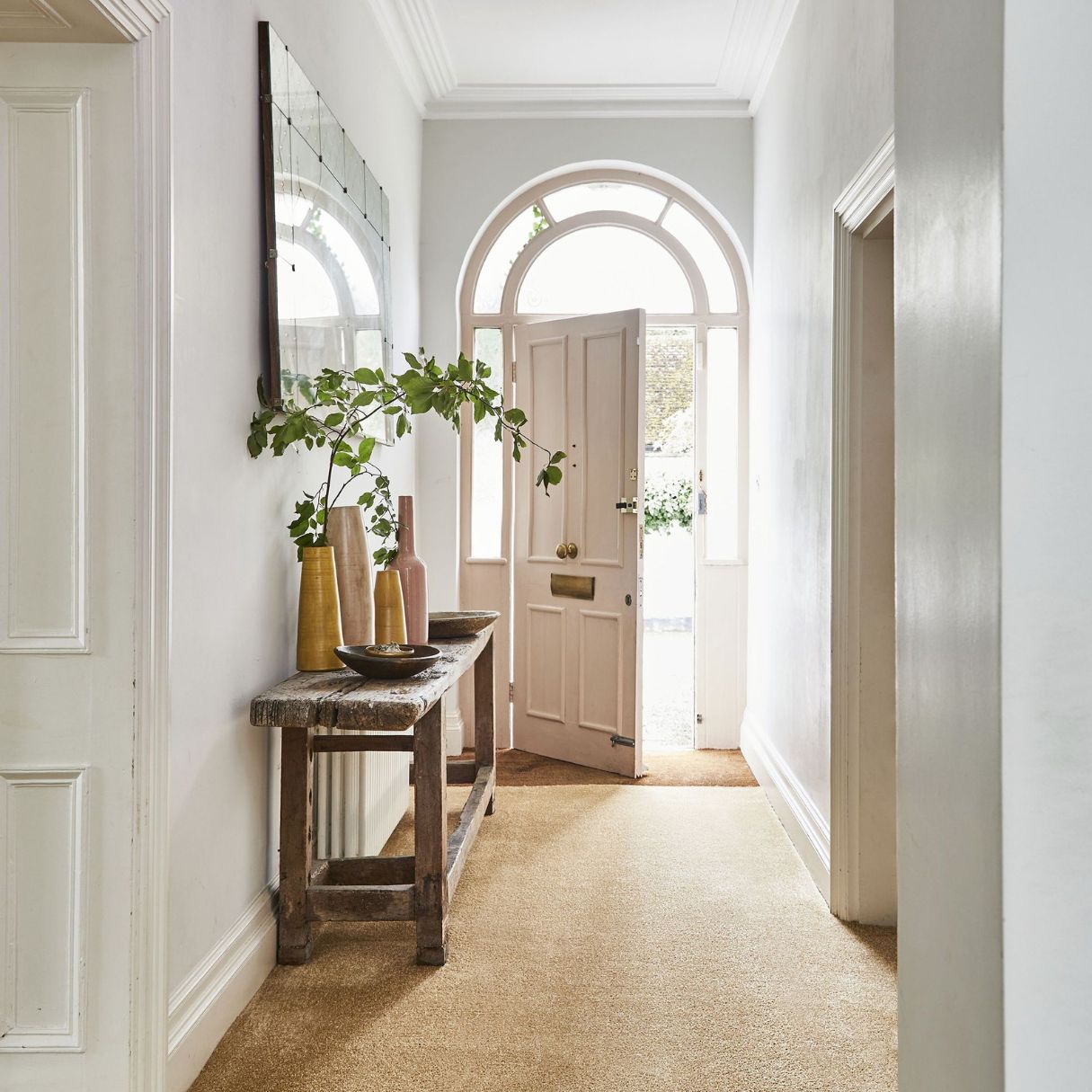

Interior Design
Hallway Paint Ideas: The 15 Best Colors To Use
Modified: May 6, 2024
Looking for hallway paint ideas? Discover the top 15 interior design colors to transform your space. Find the perfect shade for your hallway makeover.
(Many of the links in this article redirect to a specific reviewed product. Your purchase of these products through affiliate links helps to generate commission for Storables.com, at no extra cost. Learn more)
Introduction
Welcome to the world of interior design, where each space can be transformed into a stunning masterpiece with just a simple coat of paint. When it comes to hallways, choosing the right color can make a significant impact on the overall aesthetic and ambiance of your home. Whether you prefer a neutral and serene look or bold and vibrant statement walls, there is a wide array of hallway paint colors to choose from that will suit your style and preferences.
In this article, we will explore the 15 best colors to use in your hallway, ranging from neutral tones to eye-catching hues. Each color choice has its own unique characteristics and can bring out different emotions and moods within your space. So, let’s dive in and discover the perfect paint color for your hallway!
Key Takeaways:
- Transform your hallway into a stunning masterpiece by choosing the right paint color. From timeless neutral tones to bold and vibrant hues, there’s a wide array of options to suit your style and preferences.
- Incorporate reflective and glossy surfaces, accentuate architectural features, and play with patterns and textures to create a visually striking and welcoming hallway that reflects your personality and sets the tone for your home.
Neutral Tones
Neutral tones are a timeless choice for hallway paint colors. They create a sense of calm and serenity while providing a versatile backdrop for other design elements. Popular neutral shades for hallways include shades of white, beige, gray, and greige (a combination of gray and beige).
White paint can make a hallway feel open and airy, especially if natural light is limited. It also allows for easy coordination with other colors and decor, making it a versatile option for any design style. Beige tones add warmth and a subtle touch of elegance to the hallway, creating a welcoming atmosphere. Gray shades, on the other hand, can range from cool to warm tones, making them suitable for both modern and traditional hallways.
When choosing a neutral color for your hallway, consider the lighting conditions. If your hallway lacks natural light, opt for warmer tones to create a cozy and inviting atmosphere. Conversely, if your hallway is naturally well-lit, cooler tones can enhance the brightness and give a crisp, clean look.
An added benefit of neutral tones is that they serve as a neutral canvas for artwork, decorative accents, and furniture. They allow these elements to take center stage, while the paint color acts as a backdrop that ties everything together.
Neutral tones are a safe and classic choice that can withstand changing trends, making them a smart investment for your hallway. Whether you prefer a light and airy ambiance or a more warm and inviting feel, neutral tones are a versatile option that will never go out of style.
Bold and Vibrant Hues
If you want to make a statement in your hallway, consider using bold and vibrant hues for your paint color. These colors can add personality, energy, and visual interest to even the smallest of spaces.
One option is to go for a bold accent wall in a vibrant color, such as deep red, electric blue, or sunny yellow. This focal point will catch the eye and create a dramatic impact. Surrounding walls can be painted in a more neutral shade to balance and harmonize the space.
Alternatively, you can opt for an all-over vibrant hue for a truly bold and dynamic look. Shades like emerald green, royal purple, or fiery orange can inject life and vibrancy into your hallway. These colors work particularly well in modern, eclectic, or art-inspired interiors.
When using bold and vibrant hues, it’s essential to consider the size and layout of your hallway. Darker and more intense colors tend to make a space feel smaller, so if you have a narrow or cramped hallway, it’s best to use them sparingly. Consider using these colors as accents instead, through accessories, artwork, or statement lighting.
Additionally, consider the overall mood and style you want to achieve. Bold and vibrant hues can evoke specific emotions and set the tone for your hallway. For example, deep jewel tones can create a sense of luxury and opulence, while bright and playful colors can add a whimsical touch to the space.
Before committing to a bold and vibrant hue, it’s a good idea to test it on a small area of your hallway’s wall or obtain a sample swatch. This way, you can assess how the color looks in different lighting conditions and how it complements your existing decor and furnishings.
Using bold and vibrant hues in your hallway can be a daring and exciting choice. It allows you to showcase your personal style and create a memorable impression in the very first steps of your home. So, don’t be afraid to let your creativity shine and embrace the power of color!
Pastel Shades
If you’re looking to create a soft and delicate atmosphere in your hallway, pastel shades are an excellent choice. These light, muted colors can add a touch of elegance and tranquility to your space.
Pastel shades encompass a range of colors, including pale pink, baby blue, lavender, mint green, and soft yellow. They are often associated with a sense of calmness and serenity, making them ideal for creating a soothing and peaceful ambiance in your hallway.
Using pastel shades on your hallway walls can make the space feel larger and more open. The lightness of the colors reflects natural and artificial light, which helps brighten up the area. This is particularly beneficial if you have a small or narrow hallway that could use some visual expansion.
Pairing pastel shades with white or off-white trim and molding can create a clean and sophisticated look. This combination allows the colors to stand out while maintaining a cohesive and harmonious feel. You can also incorporate pastel shades into your hallway decor, such as using pastel-colored rugs, artwork, or accent pieces to complement the wall color.
Pastel shades work well with various design styles, including shabby chic, Scandinavian, and coastal. They create a gentle backdrop that can be paired with both vintage and contemporary furnishings and accessories. By choosing the right pastel shade, you can achieve a look that is both timeless and on-trend.
When selecting a pastel shade for your hallway, consider the overall lighting conditions. Cooler pastel shades like blues and greens can make a space feel more refreshing and calming, while warmer pastels like pinks and yellows can add a touch of warmth and coziness.
With their soft and subtle appeal, pastel shades can transform your hallway into a tranquil and inviting space. They are perfect for those seeking a gentle and sophisticated color palette that exudes charm and serenity.
Earthy and Natural Colors
If you want to bring a sense of warmth and connection to the natural world into your hallway, using earthy and natural colors is a fantastic choice. These colors reflect the beauty of nature, evoking feelings of tranquility and grounding.
Earthy colors encompass a range of muted tones inspired by elements such as soil, rocks, and foliage. Shades of brown, tan, taupe, and olive green are popular choices for hallway paint colors.
By incorporating earthy and natural colors into your hallway, you create a cozy and inviting atmosphere. These hues can make the space feel grounded and harmonious, giving a sense of connection to the outdoors. Whether your hallway leads to the front door or connects various rooms, using earthy colors can help create a seamless flow throughout your home.
Pair earthy colors with natural materials and textures to enhance the connection to nature. Wooden furniture, woven baskets, and organic textiles can complement the color palette, creating a visually pleasing and cohesive look.
Depending on the specific shade and intensity of the earthy color you choose, it can create different effects. Darker earth tones like deep browns and rich greens can add a sense of depth and richness to your hallway. Lighter earthy hues like sandy beige or pale olive can make the space feel brighter and more open.
Earthy and natural colors work well with a variety of design styles, including rustic, bohemian, and Scandinavian. They can create a warm and inviting atmosphere that feels cozy and comforting.
When selecting an earthy color for your hallway, consider the existing colors and materials in your home. You want to choose a shade that complements your overall design scheme and blends seamlessly with the surrounding rooms.
Bringing nature indoors is a wonderful way to create a sense of calm and peace in your hallway. Earthy and natural colors can transform your space into a serene and inviting sanctuary.
Cool Blues and Greens
If you’re looking to create a serene and calming atmosphere in your hallway, consider using cool blues and greens as your paint colors. These colors are reminiscent of nature, evoking a sense of tranquility and relaxation.
Cool blues, such as light sky blue or soothing aqua, can make your hallway feel fresh and serene. These shades are reminiscent of clear skies and calm waters, creating a soothing and peaceful ambiance. Cool greens, such as mint or sage, can evoke a sense of lush foliage and bring a refreshing touch to your space.
Using cool blues and greens in your hallway can help create an open and spacious feel. These colors recede visually, making the space appear larger. If you have a narrow or cramped hallway, opting for light shades of blue or green can help create the illusion of more space.
Pair cool blues and greens with white or light-colored trim to create a crisp and clean look. This combination enhances the fresh and airy feel in your hallway. You can also incorporate natural materials and textures, such as woven baskets or rattan furniture, to enhance the connection with nature.
Cool blues and greens work well with various design styles, including coastal, Scandinavian, and contemporary. They provide a versatile backdrop that can be paired with both neutral and bold accents, allowing you to personalize your hallway’s style.
When selecting cool blues and greens, consider the lighting conditions in your hallway. Cooler tones thrive in well-lit spaces, as they can enhance the brightness and create a refreshing feel. Dimly lit hallways may benefit from lighter shades of blue or green to avoid creating a cave-like atmosphere.
Using cool blues and greens in your hallway can create a tranquil and refreshing environment that welcomes you home. They bring a touch of nature indoors, enveloping your space in a soothing and calming ambiance.
Warm Reds and Oranges
If you’re looking to inject energy and warmth into your hallway, using warm reds and oranges as your paint colors can do wonders. These vibrant hues bring a sense of excitement and vibrancy to any space.
Warm reds, such as deep burgundy or rich terracotta, can create a cozy and inviting atmosphere in your hallway. These shades evoke feelings of warmth and passion, creating a bold statement. Warm oranges, such as burnt orange or pumpkin, bring a sense of energy and enthusiasm to the space.
Using warm reds and oranges in your hallway can create a sense of drama and sophistication. These shades can make a space feel more intimate and cozy, perfect for creating a welcoming entrance to your home. They also add a touch of personality and character to your space.
When using warm reds and oranges, it’s important to balance the intensity of the colors. You can opt for an accent wall painted in a vibrant red or orange shade while keeping the surrounding walls more neutral. This creates a focal point and adds visual interest to the hallway.
Pair warm reds and oranges with complementary colors or neutral tones to create a harmonious and balanced look. For example, combining warm reds with earthy neutrals like beige or tan can create a warm and inviting ambiance. Pairing warm oranges with creamy whites or light grays can create a fresh and modern look.
Warm reds and oranges work well with various design styles, including traditional, eclectic, and bohemian. They add a touch of personality and playfulness to your hallway, making a lasting impression on your guests.
Consider the natural lighting conditions in your hallway when selecting warm reds and oranges. These colors thrive in well-lit spaces, as they can enhance the richness and depth of the hues. Dimly lit hallways may benefit from lighter shades of red or orange to avoid creating a heavy or intense atmosphere.
Using warm reds and oranges in your hallway can create a bold and energetic entrance. These colors bring warmth, personality, and a sense of excitement to your space, making your hallway a memorable part of your home.
Monochromatic Color Schemes
A monochromatic color scheme involves using different shades and tones of a single color in your hallway. This creates a cohesive and harmonious look that can be both visually stunning and calming.
With a monochromatic color scheme, you can play with lightness and darkness to create depth and visual interest. For example, if you choose a cool gray as the base color, you can use lighter shades of gray for the walls and darker gray for the trim or accents. This creates a sophisticated and sleek look.
Monochromatic color schemes work well with neutrals, such as shades of gray, beige, or taupe. These colors create a timeless and elegant backdrop that can be enhanced with pops of color or interesting textures.
When using a monochromatic color scheme, it’s essential to bring in different textures and materials to add dimension to the hallway. This can be achieved through textiles, artwork, or decorative accents. Using textures such as a shaggy rug or metallic accessories can create visual interest without disrupting the overall harmony.
A monochromatic color scheme can work with various design styles, from modern and minimalist to traditional and eclectic. It provides a sophisticated and cohesive look that can easily adapt to your preferred aesthetic.
When selecting the color for your monochromatic hallway, consider the overall mood and atmosphere you want to achieve. Cool, muted tones like blues and grays can create a tranquil and calming ambiance, while warm, earthy tones like beiges and browns can create a cozy and inviting feel.
One of the advantages of a monochromatic color scheme is its versatility and timelessness. This color scheme can withstand changing trends and allows you to easily update your hallway with new decor or accents to refresh the space without needing to repaint.
A monochromatic color scheme is a sophisticated and visually pleasing option for your hallway. It creates a sense of harmony and elegance, making your space feel cohesive and well-designed.
Contrast and Accent Walls
If you want to make a bold statement in your hallway, using contrast or accent walls can create a visually striking and dynamic space. These techniques allow you to highlight specific areas or architectural features, adding drama and interest to your hallway design.
Contrast wall colors involve selecting two colors that are opposite each other on the color wheel. This creates a strong visual impact and adds depth to your hallway. For example, pairing a light gray with a deep navy blue can create a striking contrast that draws attention to the walls.
An accent wall, on the other hand, involves painting one wall in a different color or pattern than the surrounding walls. This wall acts as a focal point and can be used to highlight architectural features, such as a fireplace or an alcove. Adding a vibrant color or a textured wallpaper to the accent wall can create a stunning visual effect.
When using contrast or accent walls, it’s important to consider the size and layout of your hallway. In smaller spaces, too much contrast or an overly bold accent wall can make the space feel overwhelming. On the other hand, in wide or spacious hallways, these techniques can add visual interest and break up the monotony.
When selecting colors for contrast or accent walls, consider the overall color scheme and mood of your hallway. You want to choose colors that complement each other and enhance the overall design. Play with colors that create a sense of harmony or choose contrasting colors for a bolder statement.
Using contrast or accent walls can work well with various design styles. Whether your hallway follows a modern, traditional, or eclectic theme, these techniques can add a touch of drama and elevate the look and feel of your space.
It’s worth noting that contrast or accent walls do not need to be limited to paint alone. You can consider using wallpaper, texture panels, or even decorative molding to create visual interest and achieve your desired effect.
Contrast and accent walls can transform your hallway into a focal point of your home. These design techniques allow you to play with colors, textures, and patterns, adding personality and style to your space.
When choosing a paint color for a hallway, consider light and neutral shades like soft gray, warm beige, or pale blue to create a sense of space and light. Avoid dark colors that can make the hallway feel cramped.
Light and Dark Shades
Using a combination of light and dark shades in your hallway can create a sophisticated and balanced look. This technique allows you to play with contrasts and highlights, adding depth and visual interest to your space.
Pairing light and dark shades can create a sense of balance and harmony in your hallway. For example, painting the walls in a light gray or cream color and using darker shades for trim or accents can create a classic and timeless look.
Lighter shades reflect more light and can make a hallway appear more spacious and open. They are ideal for small or narrow hallways that could benefit from the illusion of extra space. Lighter shades also work well in hallways with limited natural light, as they help brighten up the space.
On the other hand, darker shades can add a touch of drama and create a cozy and intimate atmosphere. They can make larger hallways feel more intimate and create a sense of depth. Darker shades also work well when paired with lighter accents or moldings to create a striking contrast.
When using a combination of light and dark shades, it’s essential to consider the proportions and flow of your hallway. You can use a darker shade on one wall or in specific areas to create focal points or highlight architectural features. This can add a dynamic element to your hallway design.
Consider the overall style and theme of your home when selecting light and dark shades. Lighter shades work well in contemporary or minimalist designs, while darker shades can add a touch of elegance and sophistication in traditional or luxury interiors.
Additionally, think about the practicality of using darker shades. They may show more dust, marks, or imperfections, so regular maintenance and cleaning may be necessary to keep them looking their best.
Combining light and dark shades in your hallway can create a visually stunning and balanced space. By playing with contrasts, you can highlight architectural elements and create a unique ambiance that suits your personal style.
Metallic Finishes
If you want to add a touch of glamour and luxury to your hallway, consider using metallic finishes for your paint color. Metallic paints contain pigments that reflect light, creating a shimmering and luminous effect that can transform your space into a dazzling showcase.
Metallic finishes come in a variety of shades, including silver, gold, bronze, and copper. These colors can create a sense of opulence and sophistication in your hallway, making it a standout feature in your home.
When applying metallic finishes, you can choose to paint all the walls or opt for an accent wall to create a focal point. Metallic paints work particularly well in contemporary, modern, or art deco-inspired designs, where they can enhance the sleek and luxurious feel.
Using metallic finishes in your hallway can create a visually dynamic space. The shimmering effect adds depth and texture to the walls, catching and reflecting light in a captivating way. This can make your hallway feel more spacious and glamorous.
Pair metallic finishes with neutral colors or muted tones to allow the metallic hue to take center stage. Shades like white, gray, or black can provide a classy backdrop that complements the metallic shimmer.
When incorporating metallic finishes, it’s important to consider lighting. Natural and artificial light sources will highlight the metallic effect, so make sure to position lighting fixtures strategically to enhance the luminosity. Chandeliers or wall sconces with warm bulbs can add to the glamorous ambiance.
Keep in mind that metallic finishes require proper preparation and application techniques to achieve the desired effect. It is best to consult with a professional painter who has experience working with metallic paints to ensure a flawless finish.
Using metallic finishes in your hallway is a bold and daring choice that can add a touch of luxury and glamour to your space. Embrace the shimmering beauty and create a hallway that sparkles and captivates.
Painted Patterns and Textures
If you want to make a statement with your hallway paint, consider adding patterns and textures to create a unique and visually striking effect. With painted patterns and textures, you can transform your hallway into a work of art that reflects your personal style and creativity.
There are various techniques you can use to incorporate patterns and textures into your hallway. Here are some ideas to inspire you:
- Stripes: Painting horizontal or vertical stripes can add a sense of height or width to your hallway, depending on the orientation. You can choose a bold color for the stripes or stick to subtle, contrasting shades.
- Geometric Designs: Opt for geometric patterns like triangles, chevrons, or hexagons to add a modern and contemporary touch to your hallway. These patterns can be painted in a single color or multiple complementary colors for a vibrant effect.
- Stencils: Using stencils allows you to create intricate patterns and designs on your hallway walls. Whether it’s floral motifs, Moroccan-inspired patterns, or abstract shapes, stenciling adds a unique and artistic touch to your space.
- Faux Finishes: Explore faux finishes like textured stone or distressed plaster for a rustic or vintage look. These techniques can create the illusion of different materials or surfaces, adding depth and character to your hallway.
- Murals: Consider commissioning an artist to create a custom mural in your hallway. Murals can be whimsical, nature-inspired, or abstract, transforming your hallway into a true work of art.
When incorporating painted patterns and textures, consider the overall style and theme of your home. It’s important to ensure that the patterns and textures in your hallway complement the surrounding spaces rather than clash with them.
Additionally, be mindful of the size of your hallway when selecting patterns. Large-scale patterns may overwhelm a small space, while small-scale patterns may get lost in a wide or spacious hallway. Finding the right balance is key to achieving a visually appealing result.
Painted patterns and textures allow you to express your creativity and add a personal touch to your hallway. Embrace your artistic side and transform your hallway into a captivating canvas that tells a story.
Stripes and Geometric Designs
Stripes and geometric designs are popular choices when it comes to adding visual interest and a modern touch to your hallway. These patterns can create a sense of movement, depth, and sophistication in your space.
One option is to incorporate stripes into your hallway design. Whether vertical or horizontal, stripes can have a dramatic impact on the overall aesthetic. Vertical stripes can add height and make a space feel taller, while horizontal stripes can create the illusion of a wider hallway.
Choose contrasting colors for your stripes to create a bold statement. For example, black and white stripes can create a classic and timeless look. Alternatively, you can choose colors that complement each other or reflect your personal style.
In addition to stripes, geometric designs can add a contemporary and artistic flair to your hallway. Shapes like triangles, chevrons, or hexagons can be painted directly onto the walls to create a visually striking effect.
When incorporating geometric designs, you can opt for a minimalist approach and use a single color. This creates a clean and modern look. Alternatively, you can choose multiple colors to create a vibrant and playful atmosphere.
Experimenting with different sizes and orientations of geometric shapes can create a dynamic and visually captivating hallway. Play with scale and arrangement to achieve a unique pattern that reflects your personal style and enhances your overall design theme.
When painting stripes or geometric designs, it’s important to use painter’s tape or stencils to ensure clean and precise lines. Measure and plan the layout of your pattern beforehand to achieve symmetry and balance.
Stripes and geometric designs work well in various design styles, from contemporary to minimalist and even eclectic. They add a touch of creativity and personality to your hallway, making it a memorable part of your home.
Whether you choose stripes for a classic and timeless look or geometric designs for a modern and artistic touch, incorporating these patterns in your hallway will give it a unique and visually stunning appeal.
Statement Ceiling Colors
When it comes to hallway design, one area that often gets overlooked is the ceiling. However, painting your ceiling in a statement color can have a transformative effect on your space, adding depth, drama, and visual interest to your hallway.
Statement ceiling colors can create a sense of height and make your hallway feel more expansive. By drawing the eye upward, you can create a dynamic and unique focal point in your space.
One option is to paint your ceiling a bold and vibrant color that contrasts with the walls. For example, a deep navy blue or a rich emerald green can create a striking and luxurious look. This technique works particularly well in hallways with high ceilings, as it adds drama and grandeur.
Alternatively, you can choose a lighter color for the ceiling to create a sense of airiness and spaciousness. Soft pastel shades or light neutrals can make the ceiling appear higher and create a bright and open feel in your hallway.
When selecting a statement ceiling color, consider the overall style and color scheme of your hallway. Ensure that the color complements or contrasts with the surrounding walls and floor. It’s important to create a harmonious and cohesive look.
Another approach to statement ceilings is to use patterned wallpaper or decorative treatments. This can add texture and visual interest to your ceiling, making it a true focal point. Consider using metallic wallpapers, textured patterns, or even subtle stencil designs.
Statement ceiling colors work well in a variety of design styles, from modern and contemporary to traditional and eclectic. They allow you to showcase your personality and create a unique and unforgettable hallway experience for you and your guests.
When painting your ceiling, make sure to properly prepare the surface and use appropriate techniques for an even and professional finish. If you’re unsure about painting the ceiling yourself, consider consulting with a professional painter who can provide guidance and ensure a flawless result.
By choosing a statement color for your ceiling, you can elevate your hallway design to new heights. Make a lasting impression by adding drama, sophistication, and style with a beautifully painted ceiling.
Accentuating Architectural Features
One of the key elements of hallway design is the architectural features that bring character and charm to the space. By using paint color strategically, you can accentuate these features and make them stand out as focal points in your hallway.
Consider the unique architectural elements in your hallway, such as molding, arches, columns, or built-in niches. These features add a sense of character and can be highlighted with a contrasting paint color.
To accentuate architectural features, choose a color that contrasts with the walls and draws attention to the specific element. For example, if you have intricate crown molding, painting it in a crisp white against a darker wall color can create a stunning visual impact.
Another option is to choose a color that complements the architectural feature, blending it seamlessly into the overall design. For example, if you have exposed brick walls, painting them in a warm, earthy tone can enhance their natural beauty and create a cohesive look.
When accentuating architectural features, it’s important to consider the overall design style and color scheme of your hallway. You want to choose a paint color that enhances the character and charm of the space without overpowering or clashing with the rest of the decor.
Using different shades and finishes can also help accentuate architectural features. For example, using a glossy finish on a built-in niche or a matte finish on a textured wall can create visual contrast and highlight the unique textures in your hallway.
Experiment with lighting to further accentuate architectural features. Adding spotlights or decorative lighting fixtures can create a dramatic effect and draw attention to specific elements.
By accentuating architectural features with paint color, you can transform your hallway into a showcase of unique design elements. Each feature becomes a visual art piece that adds depth, interest, and a touch of individuality to your space.
Reflective and Glossy Surfaces
If you want to create a hallway that exudes elegance and sophistication, consider incorporating reflective and glossy surfaces into your design. These surfaces can create a glamorous and luxurious atmosphere that is sure to impress.
Using paint colors with a glossy or high-gloss finish can create a sleek and polished look in your hallway. The reflective surface adds dimension and depth, making the space feel more spacious and grand. This effect is particularly effective in smaller hallways, as it helps to bounce light around and create the illusion of a larger space.
When using glossy finishes, consider using neutral shades such as white, cream, or light gray. These colors create a timeless and sophisticated backdrop that can be easily paired with other decor and furniture.
Another option is to incorporate reflective surfaces like mirrors or metallic accents. Placing a statement mirror on one wall can not only make your hallway appear larger but also add a touch of glamour. Metallic accents, such as silver or gold trims or accessories, can create a luxurious and opulent feel.
Consider incorporating reflective surfaces on ceilings or floors to further enhance the glamour in your hallway. A glossy or mirrored ceiling can create an unexpected and eye-catching element, while a polished marble or mirrored flooring can elevate the overall design.
When working with reflective and glossy surfaces, it’s important to strike a balance. Consider incorporating matte or textured elements to create contrast and visual interest. This can be achieved through rugs, textured wallpaper, or wooden furniture. The combination of glossy and matte surfaces creates a visually enticing and harmonious space.
Lighting is key when working with reflective surfaces. Consider adding wall sconces, pendant lights, or spotlights to highlight the glossy surfaces and create a dazzling effect. Play with different lighting angles to maximize the reflective properties.
Using reflective and glossy surfaces in your hallway can transform it into a glamorous and luxurious space. The combination of glossy finishes, mirrors, and metallic accents adds a touch of sophistication and creates a visually stunning ambiance that will leave a lasting impression on anyone who walks through.
Conclusion
Your hallway is the first impression visitors have of your home, so it’s essential to choose the right paint color to create a welcoming and visually appealing space. Whether you prefer a neutral and serene look, bold and vibrant statement walls, or a combination of patterns and textures, there is a wide array of options available to suit your style and preferences.
Neutral tones create a timeless backdrop that allows for versatility and coordination with other design elements. Bold and vibrant hues bring energy and personality to your hallway, making a striking statement. Pastel shades add a soft and delicate touch, creating a sense of elegance and tranquility. Earthy and natural colors draw inspiration from nature, creating a cozy and grounded atmosphere. Cool blues and greens provide a soothing and calming ambiance, while warm reds and oranges add warmth and excitement.
Exploring different color schemes, such as monochromatic or contrasting combinations, can add depth and visual interest to your hallway. Accentuating architectural features with paint color can highlight their uniqueness and add character to your space. Additionally, incorporating reflective and glossy surfaces can create a sense of luxury and glamour, making your hallway a stunning showcase.
When choosing a paint color for your hallway, consider the lighting conditions, size of the space, and overall design style of your home. It’s important to strike a balance between creating a visually pleasing aesthetic and reflecting your personal style.
Whether you opt for a classic and understated hallway design or a bold and statement-making approach, the key is to create a space that reflects your personality and sets the tone for the rest of your home. With the right paint colors, you can transform your hallway into a captivating and welcoming entrance that leaves a lasting impression on all who enter.
Take your time to explore different color options, consider your design goals, and let your creativity flow. Your hallway is a canvas waiting to be adorned with the perfect paint color that will transform it into a space you’ll be proud to showcase.
Ready to switch up your home's vibe? If you're pondering over bedroom aesthetics, check out our insights on paint colors that might not make the cut in 2024. For those looking to brighten up bathroom spaces, our yellow color schemes offer fresh, sunny inspirations. And for hands-on folks, our guide on DIY home improvement provides practical tips to tackle projects with confidence. Dive into these reads for more creative ideas and smart solutions!
Frequently Asked Questions about Hallway Paint Ideas: The 15 Best Colors To Use
Was this page helpful?
At Storables.com, we guarantee accurate and reliable information. Our content, validated by Expert Board Contributors, is crafted following stringent Editorial Policies. We're committed to providing you with well-researched, expert-backed insights for all your informational needs.
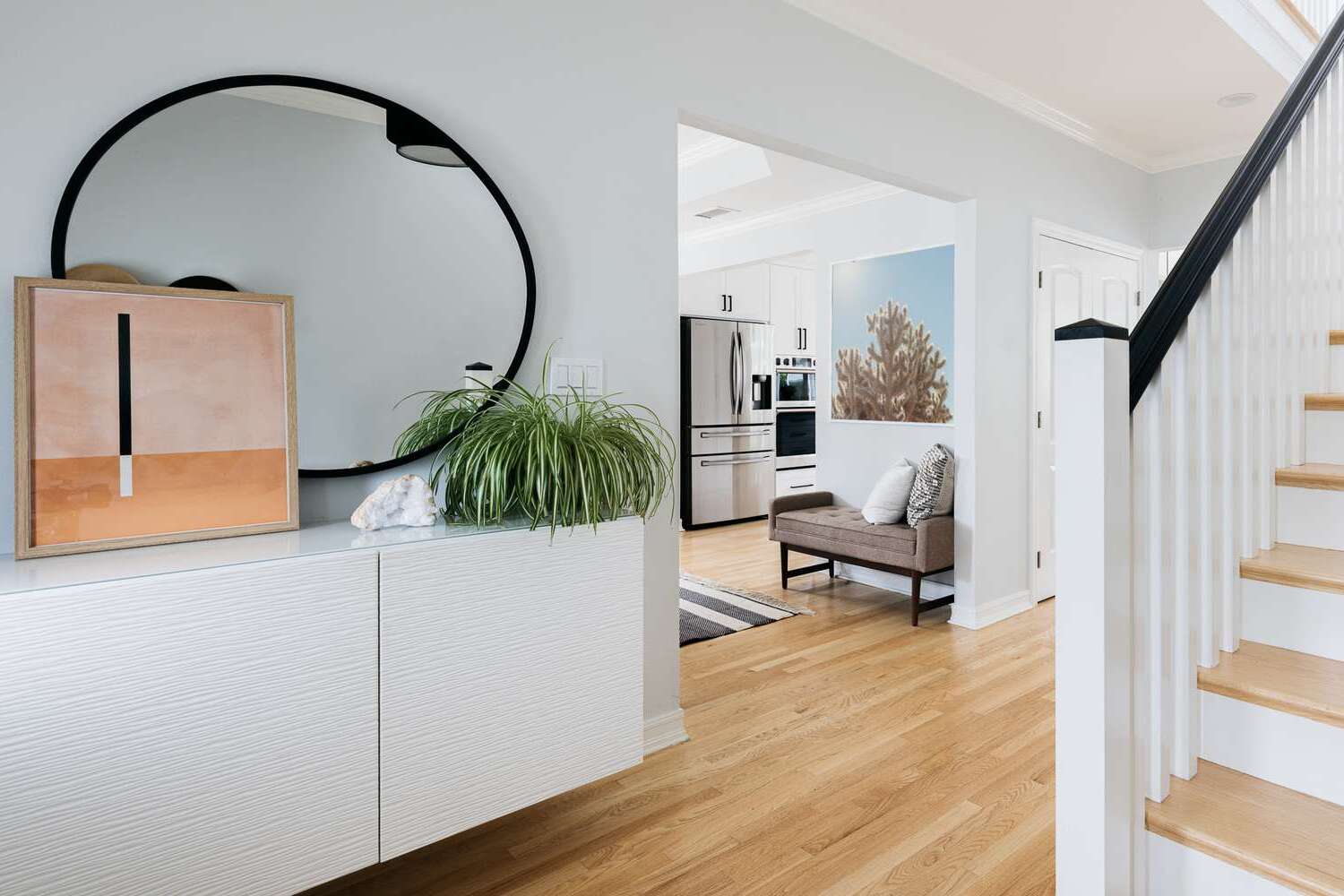
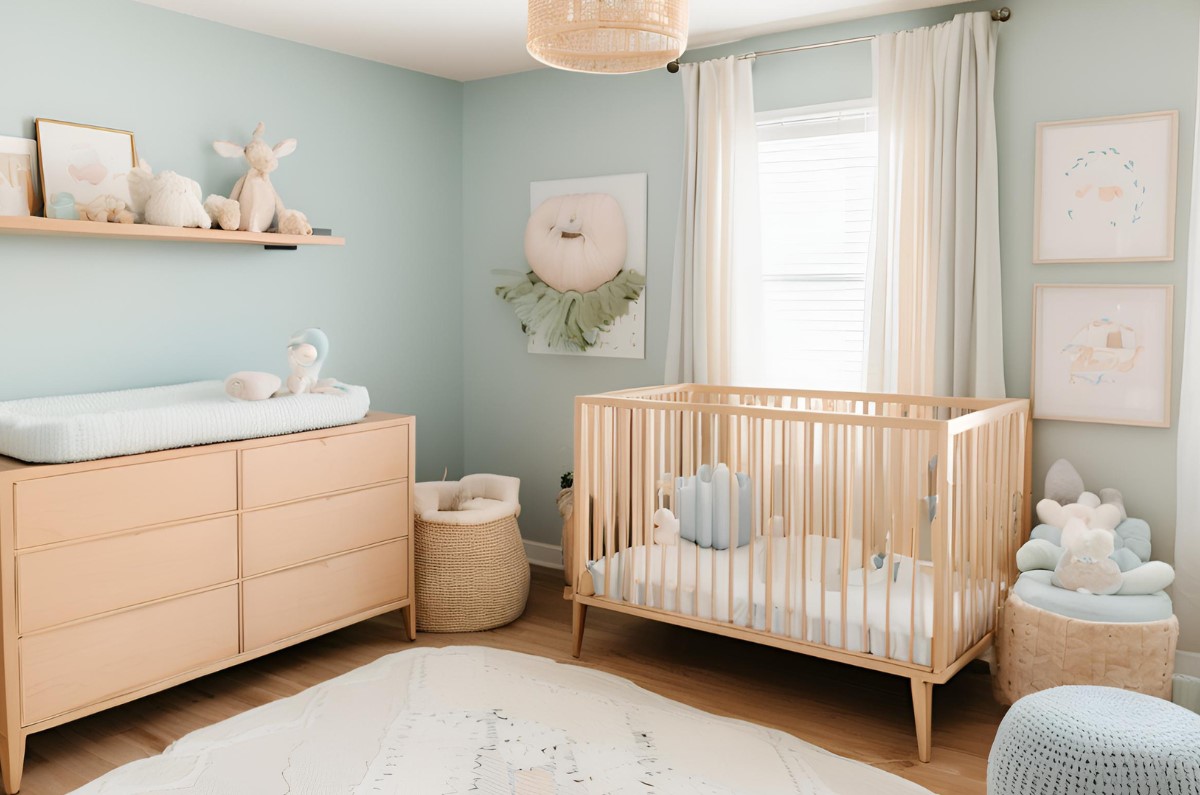
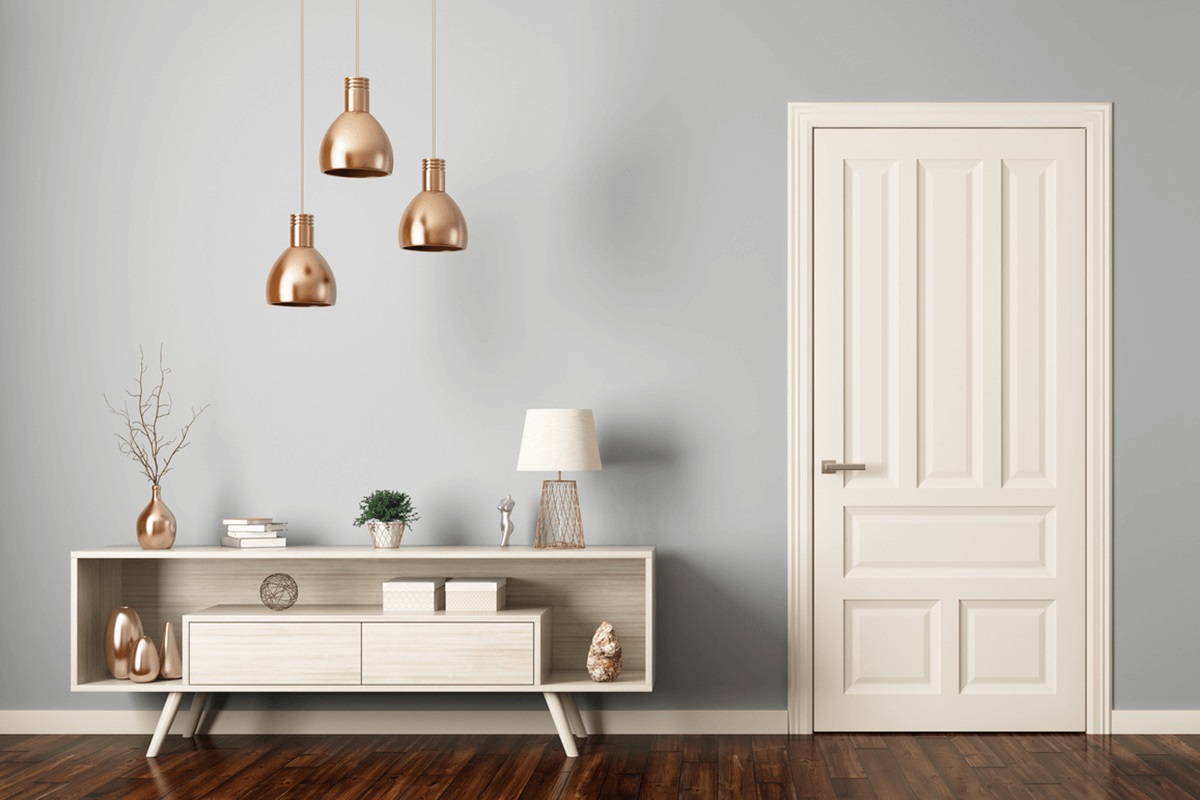
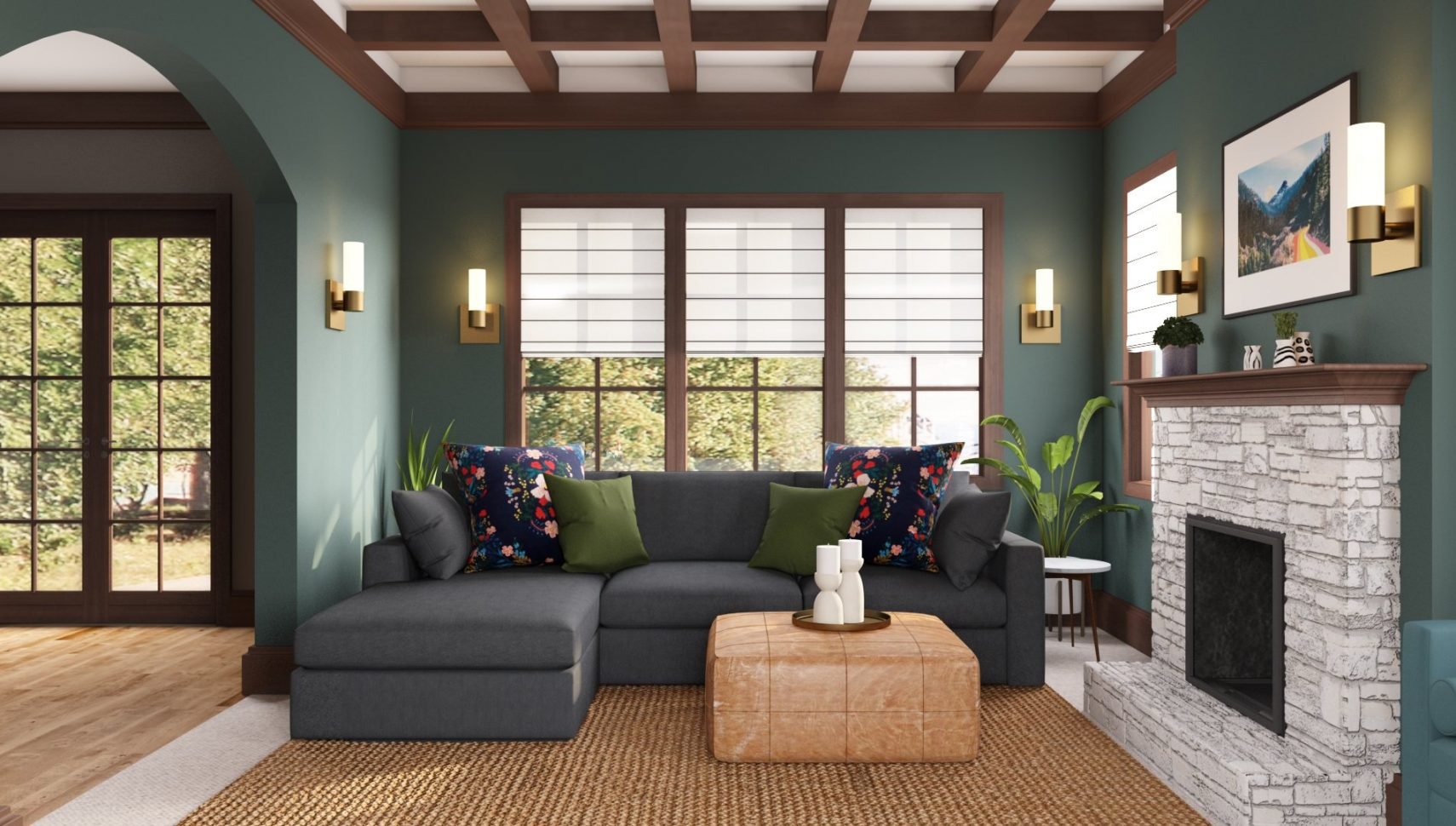

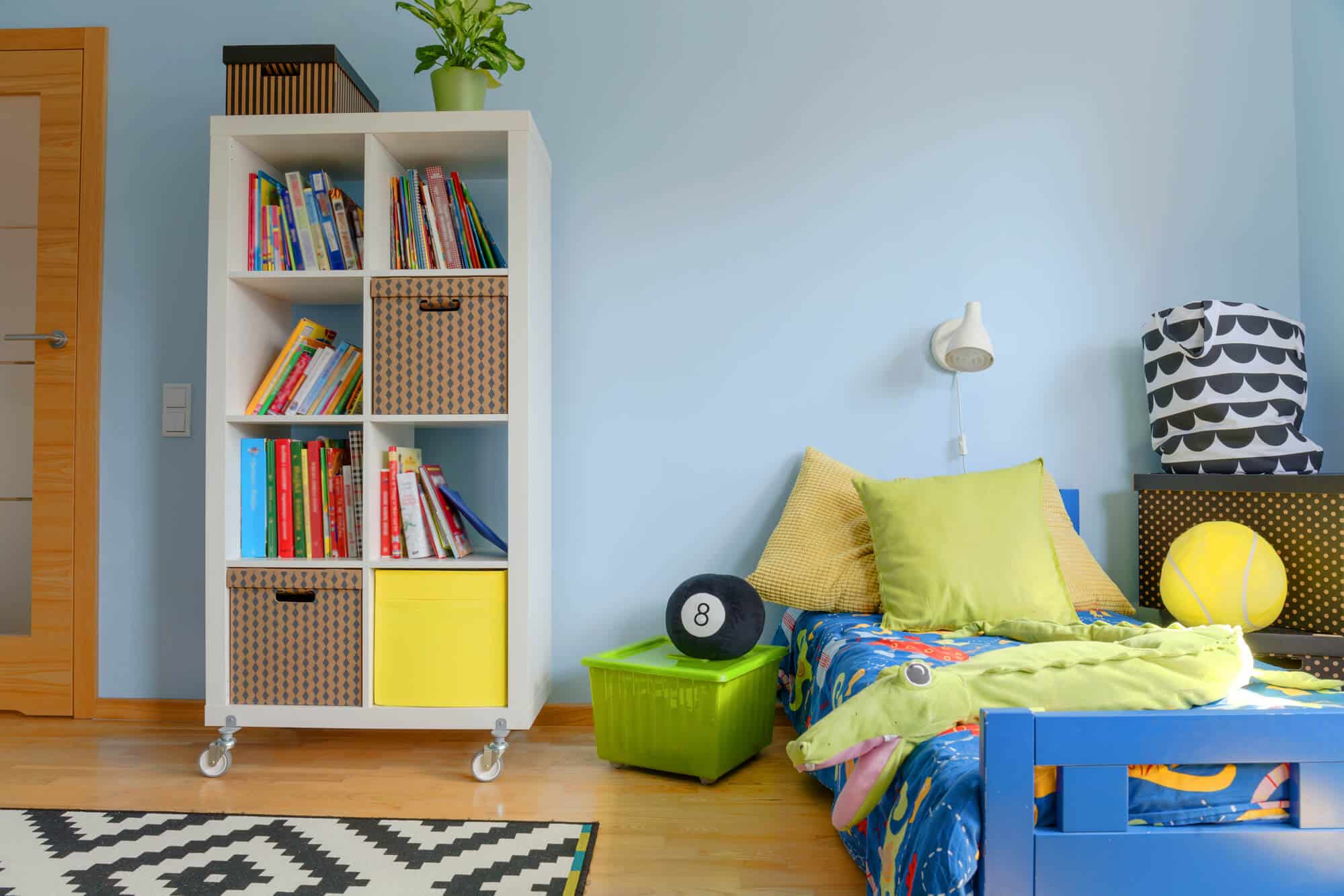
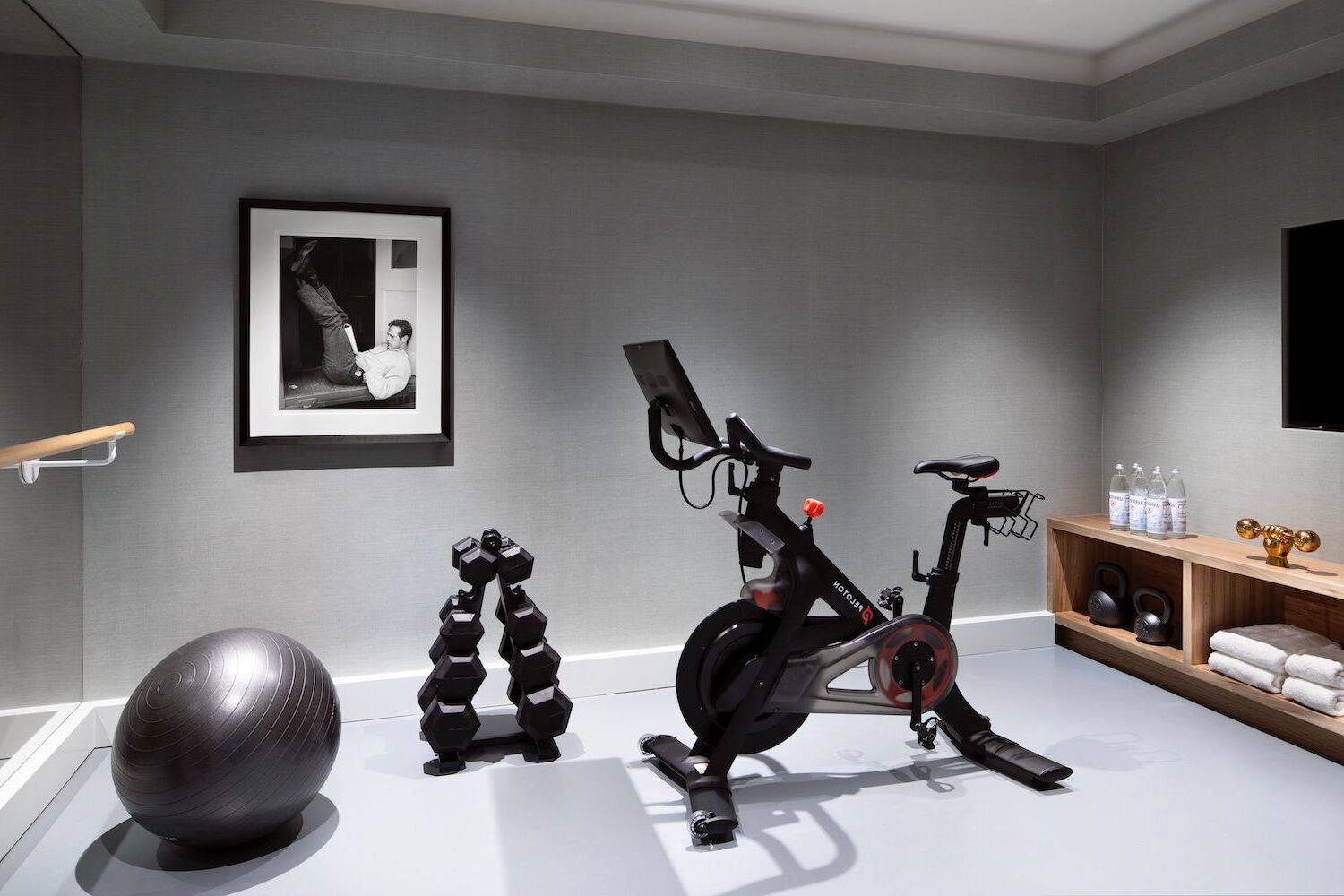
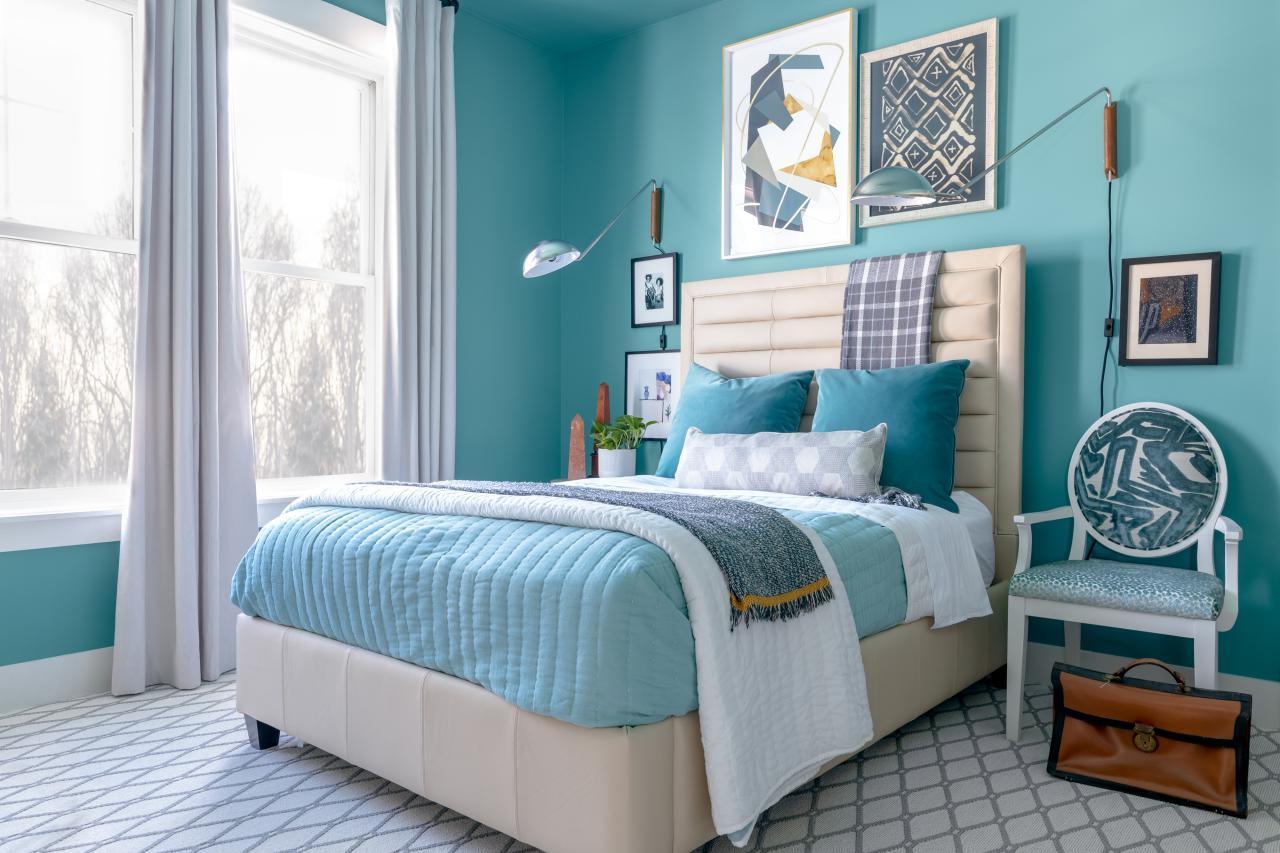
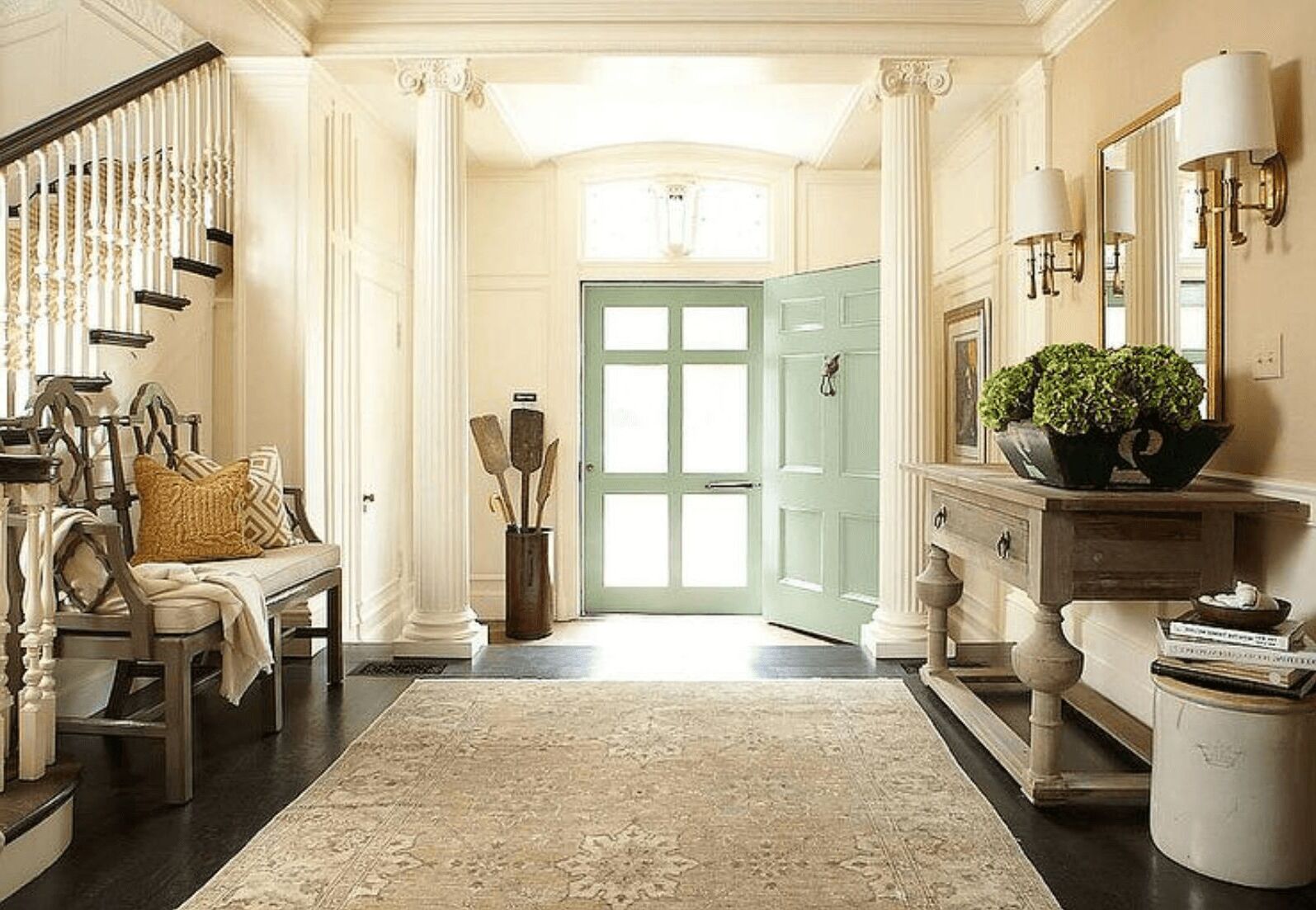
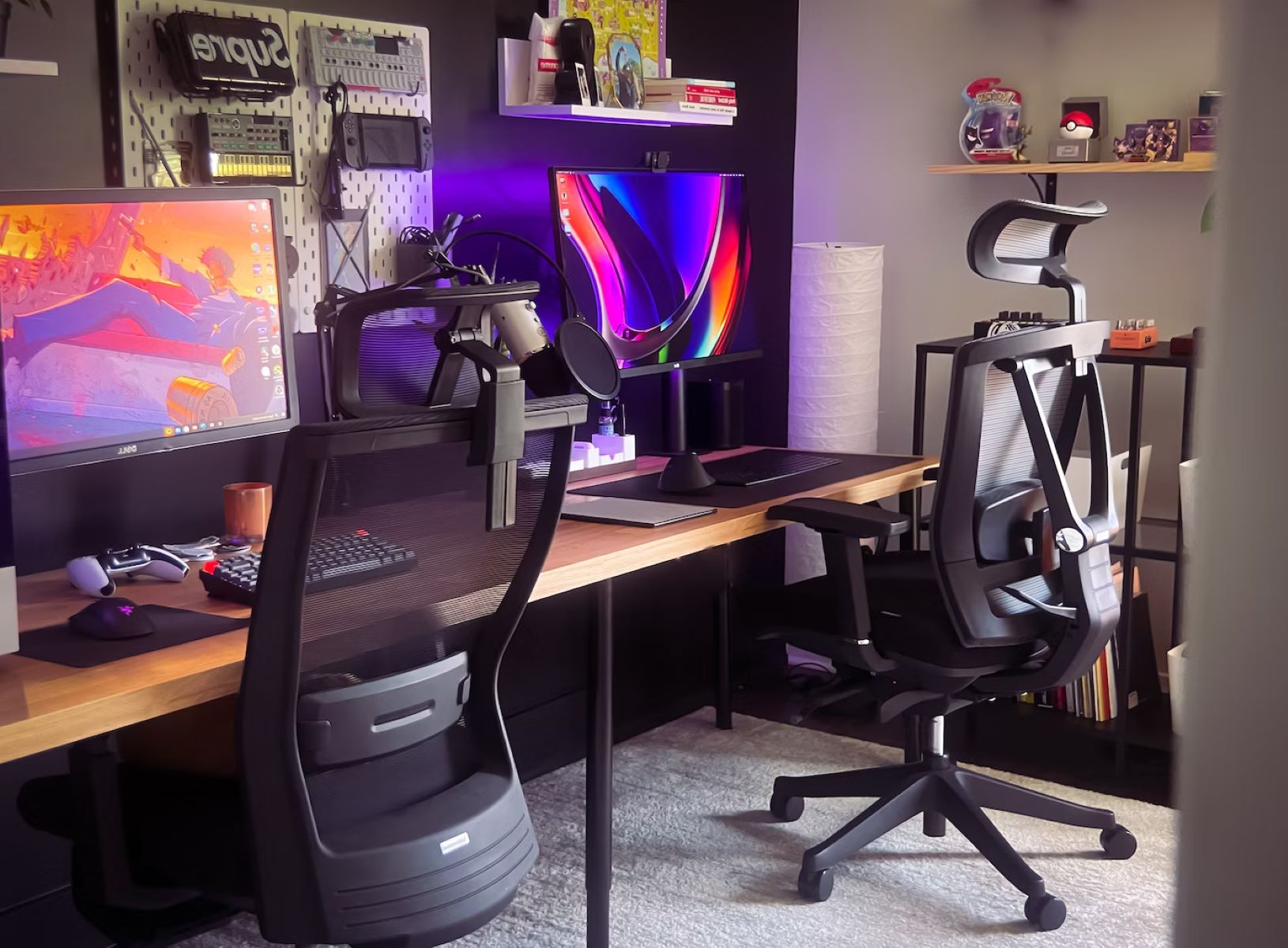
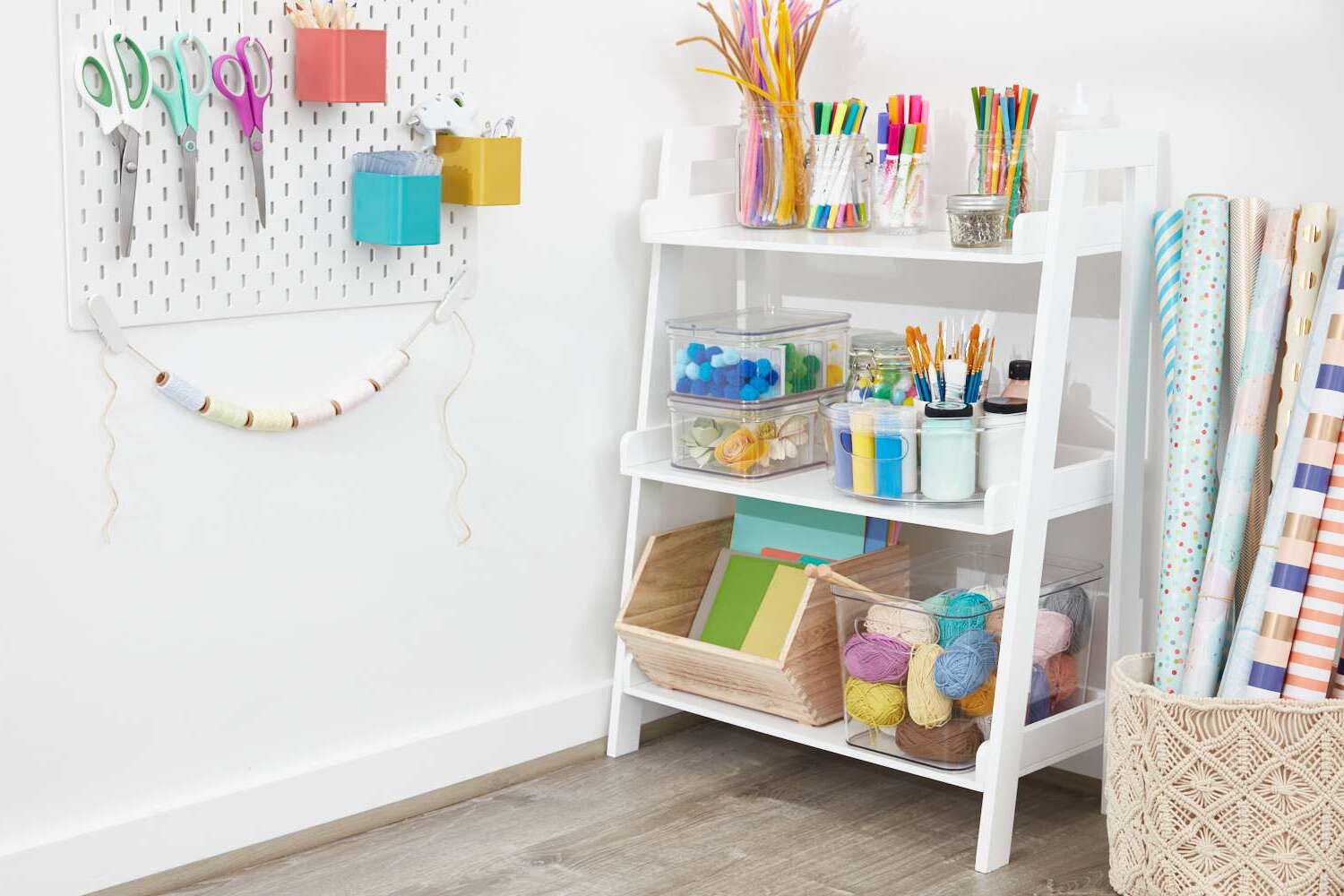
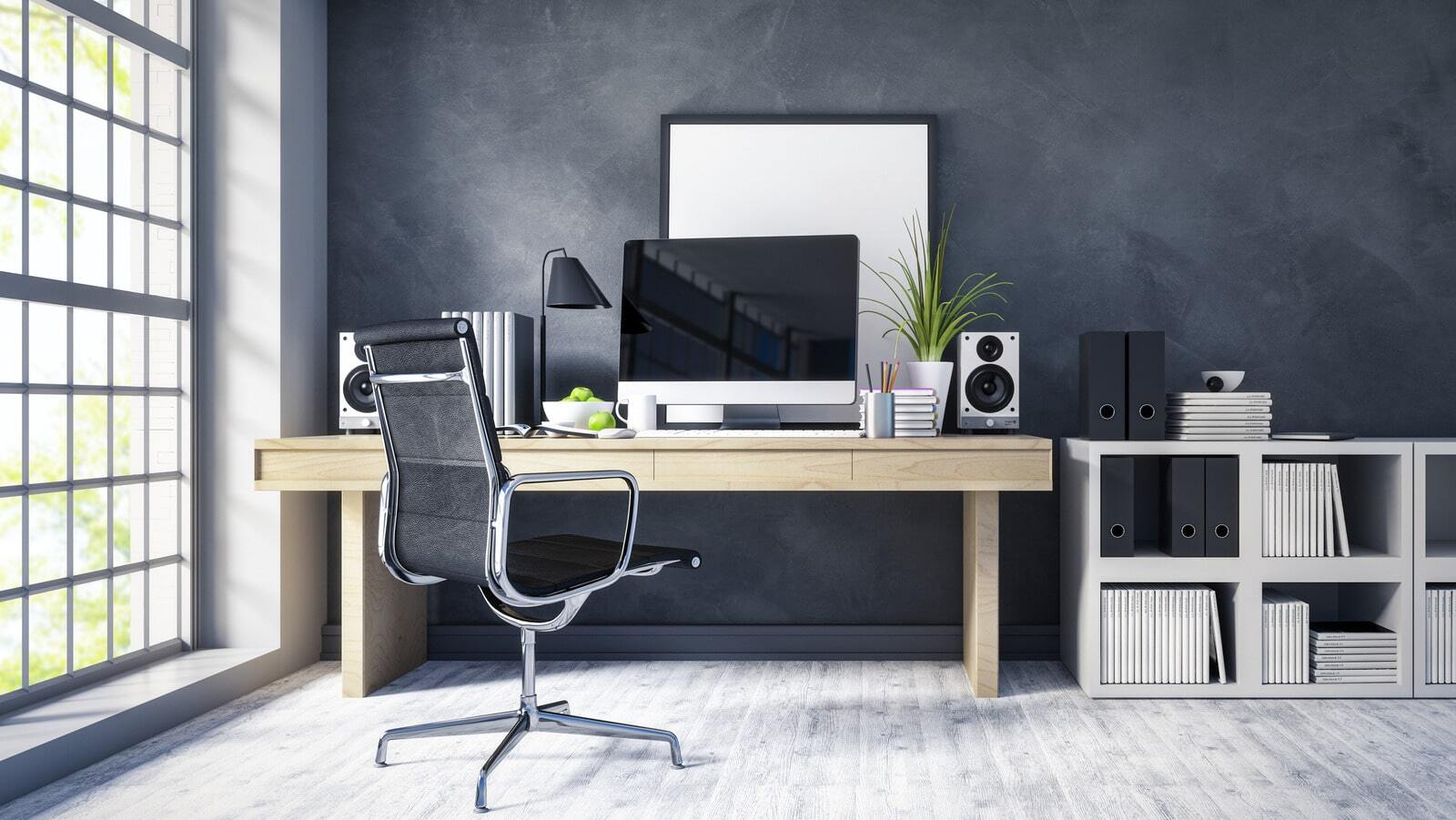

0 thoughts on “Hallway Paint Ideas: The 15 Best Colors To Use”